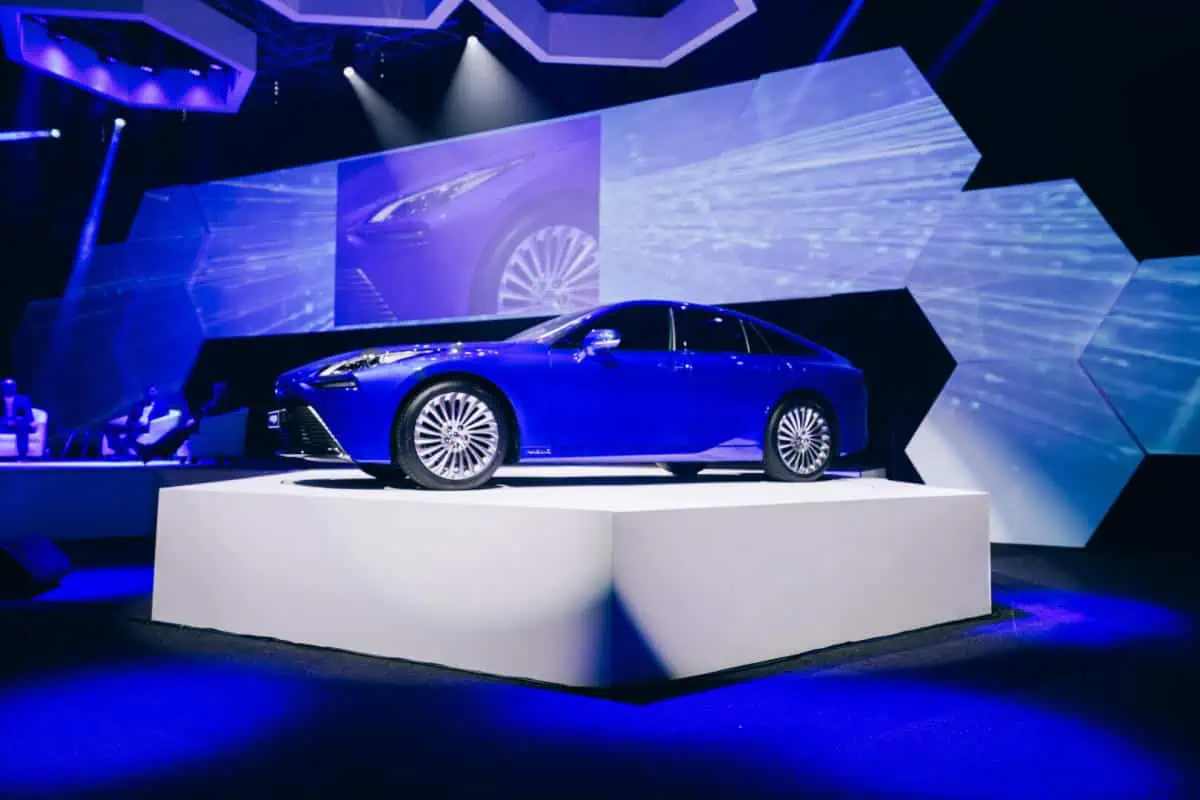The sixth installation of the State of the Motor Industry (SOMI) event, hosted by Toyota South Africa Motors (TSAM), served as the perfect platform to provide a sneak preview of the carmaker’s design direction, corporate plans as well as 2023 product and motorsport campaigns.
As it has become the norm, SOMI also affords President and CEO of TSAM Andrew Kirby and his colleagues the opportunity to discuss the affairs of the local automotive industry, its socio-economic context as well as global trends in the sector.
Simon Humphries on Toyota and Lexus design
Simon Humphries, Head of Toyota and Lexus Global Design, says the automotive industry has literally spent the last 100 years following a tried and tested formula but right now we are undergoing an unpreceded period of upheaval. Where we used to have only one powertrain, now we have five; where we used to be isolated, now we are connected; where ownership was dominated by privately owned cars, now sharing is finding a foothold. Driving used to be all about the driver, but now we are increasingly supported in the operation of the vehicle, and where there was only steel, now materials and production technologies make it possible to create almost anything that we can imagine. Put very bluntly, just about every factor that influences design is undergoing a paradigm shift…
The Land Cruiser is a vehicle you literally entrust with your life. This is a vehicle whose design should celebrate its unique functionality – not try to hide it under unnecessary decoration. With the new Land Cruiser 300 we purposely went back to origin, examining the way in which the car should function in real life situations and designing that into the form language: whether that’s the height of the headlamps to avoid contact in the outdoors or the sideline through the bonnet for visibility and the centre line tracking in limited space or low height of the belt line for visibility… All have a functional logic that underlies the form of the vehicle… in a word, the Land Cruiser should be the epitome of functional beauty…
The Crown is a completely new genre experience where you get all the dynamic experiences of a sedan with a new viewpoint – thanks to the increased tyre size and lifted height. The exterior design enhances the slick, lifted nature of the car whilst not letting it become unstable by finding new ways to plant the car to the road and create a new experience that builds on the positive attributes of the sedan…
The hammerhead will form the basis for Toyota’s identity, creating a strong powerful expression for our cars as we move into an era where the radiator grille becomes less of a necessity…
Andrew Kirby on 2023 sales and carbon neutrality
President and CEO of TSAM Andrew predicts that a total of 570 000 vehicles will be sold in South Africa this year – including 375 642 for Passenger, 161 317 for Light Commercial Vehicles (LCV) and 33 041 for others. “We got to this calculation based on how we see the market, coupled with what we can physically supply as Toyota. I must just stress that if stock constraints weren’t a real factor, we would actually be forecasting a 580 000 market.”
Last year, Kirby had forecasted a total of 540 000 vehicles to be sold in South Africa in 2022. However, a totally unexpected challenge came in the form of the floods in April which resulted in the complete cessation of production for three months at Toyota’s Prospecton Plant in Durban. This coupled with the now well-publicised shipping delays at the Durban port really impacted Toyota’s ability to reach its targets and so by extension, this had a ripple effect on the whole industry. A total of 528 963 units sold was recorded in 2022.
Also high up on the SOMI agenda was Toyota’s Carbon Neutral messaging. Kirby explained that: “Toyota takes a holistic approach to Carbon Neutrality, which means that the company addresses carbon from a lifecycle assessment perspective where carbon emissions are tackled throughout the value chain; not just targeting the end product which is a vehicle with zero emissions. This touches on many areas including how we source materials from our suppliers, how we manufacture our cars, what powertrains we put in them, how we sell them and even how we dispose of them at the end.”
In addition, Toyota believes that Battery Electric Vehicles (BEVs) are not the only way to achieve the world’s carbon neutrality goals, stating that it would rather pursue every option. Toyota’s approach is to build cars that meet the real-life needs of people.
“For some markets, BEVs are the answer, but for others – like ours – we have to recognise that we can only fully adopt this technology when our infrastructure can support them at scale. We have to recognise that SA is not currently geared up to receive many of these NEV technologies on scale. For starters, we have a very limited charging grid (just 267 charging stations throughout the country – and mostly concentrated in your metro areas). Now couple that with the very obvious energy crisis that we are experiencing, and you can see why a one-size-fits-all strategy is currently not feasible,” Kirby explains.
Toyota believes that hybrid technology still has an important role to play in this carbon journey. Data just released by Toyota has shown that three Hybrid Electric Vehicles (HEVs) equal one BEV in CO2 reduction. Locally, Toyota has confirmed that its 2022 product roll-out strategy requires that by 2025, at least 20% of vehicles sold in South Africa would be New Energy Vehicles.
From an operations perspective, TSAM is on course to achieve carbon neutrality for its production plant in Durban by 2035. The organisation plans to be able to generate 100% renewable energy electricity by 2028 and is proud to share that the Hino Plant in Durban is already off the grid while the Atlas Warehouse is on track to achieve that by 2025.
Leon Theron on new vehicles and Toyota Gazoo Racing (TGR)
Senior Vice President of Sales and Marketing at TSAM Leon Theron is pleased that Toyota is still South Africa’s favourite brand in the six decades it’s been operating in the local motoring industry. Posting the company’s 43rd straight year as the market leader, Toyota (including the Lexus and Hino brands) outperformed a number of retail challenges to achieve a laudable total of 132 035 new-vehicle registrations. This translates to a market share of 24.9% for 2022.
“Despite our challenges we retained a very similar market share to 2021 (25%). Of course, our share would have been bigger had we not had the supply constraints due to non-production caused by floods at our plant in Durban,” says Theron.
From a new product perspective, Theron also introduced the following models to the audience:
Toyota Mirai:“This is the company’s flagship hydrogen-powered fuel-cell electric vehicle which is not available at our dealers yet. However, showcasing the FCEV Mirai on African soil allows TSAM to undertake local research and include other relevant players in this field, while at the same time helping government to see the potential of a Green Hydrogen Society…TSAM’s ongoing collaboration with Sasol for example on Green Hydrogen will take a step forward, now that we have these FCEVs in our hands, but we will elaborate on this at future events.”
LEXUS UX BEV: “Once we’re ready for BEV roll-out, this will be one of the first models in our battery-electric portfolio. So, with this mind and to ensure we are fully prepared once BEVs go to market, the UX BEV puts out 150kW which translates to a 0-100km/h sprint time of 7,5 secs. It boasts a potential range of 450km.”
LEXUS NX PHEV: “These models will become more mainstream over the next transitional period. Key numbers for this one are: 60km range in full electric mode, and this one dispatches the zero to 100 in 6,2 secs.”
LEXUS RX: “The new generation RX range comprises five models including Hybrid and a petrol variant. The model we’re showing here today is the Plug-In Hybrid which will only join the local line-up later.”
Toyota Crown: “This all-new model sedan is only available as a sample introduction until a few units retail this year. Under the bonnet, the Crown 2.5 E-Four Hybrid boasts a total system output of 176kW and fuel consumption of 4.4l/100km.”
TOYOTA FORTUNER: “The refreshed Fortuner sports an aggressive new styling with revised LED headlamps, front grille and bumper treatment. There is also an added red and black interior trim option.”
TOYOTA VITZ: “The Vitz takes over the mantle from the outgoing Agya which has already established our presence in the A segment. It will be in showrooms during the second quarter of this year.”
TOYOTA URBAN CRUISER: “Built in Toyota’s plant in India, this model boasts an all-new SUV design, a larger body with more space, increased safety specification, climate control, cruise control and reverse camera. The all-new Urban Cruiser will also go to market during the second quarter.”
The last item of the SOMI prorgramme was, of course, the announcement of this year’s GR Cup Competition driver lineup. This initiative sees six local journalists battling it out on various racetracks in SA, all piloting the fabled Toyota GR 86. They include Brendon Staniforth, Denis Droppa, Setshaba Mashigo, Chad Luckhoff, Mark JonesandReuben van Niekerk. Their first race kicks off at Zwartkops Raceway on 18 February.
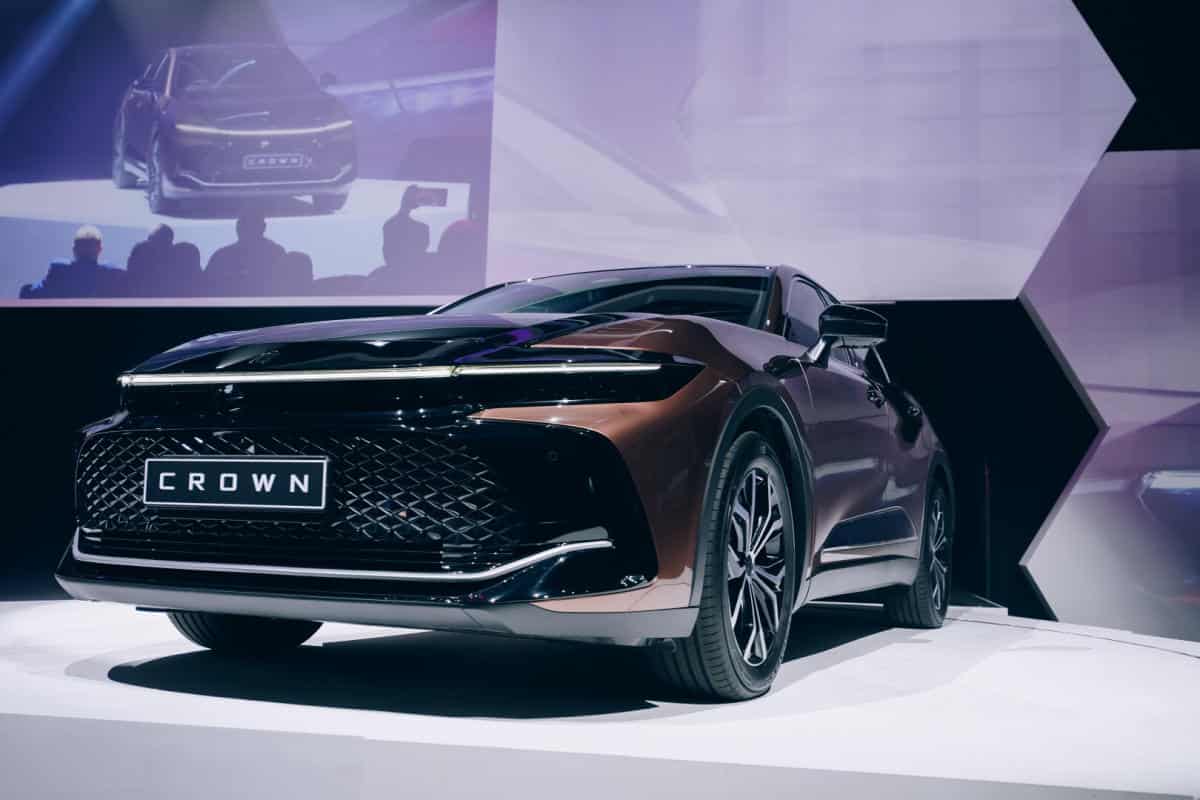
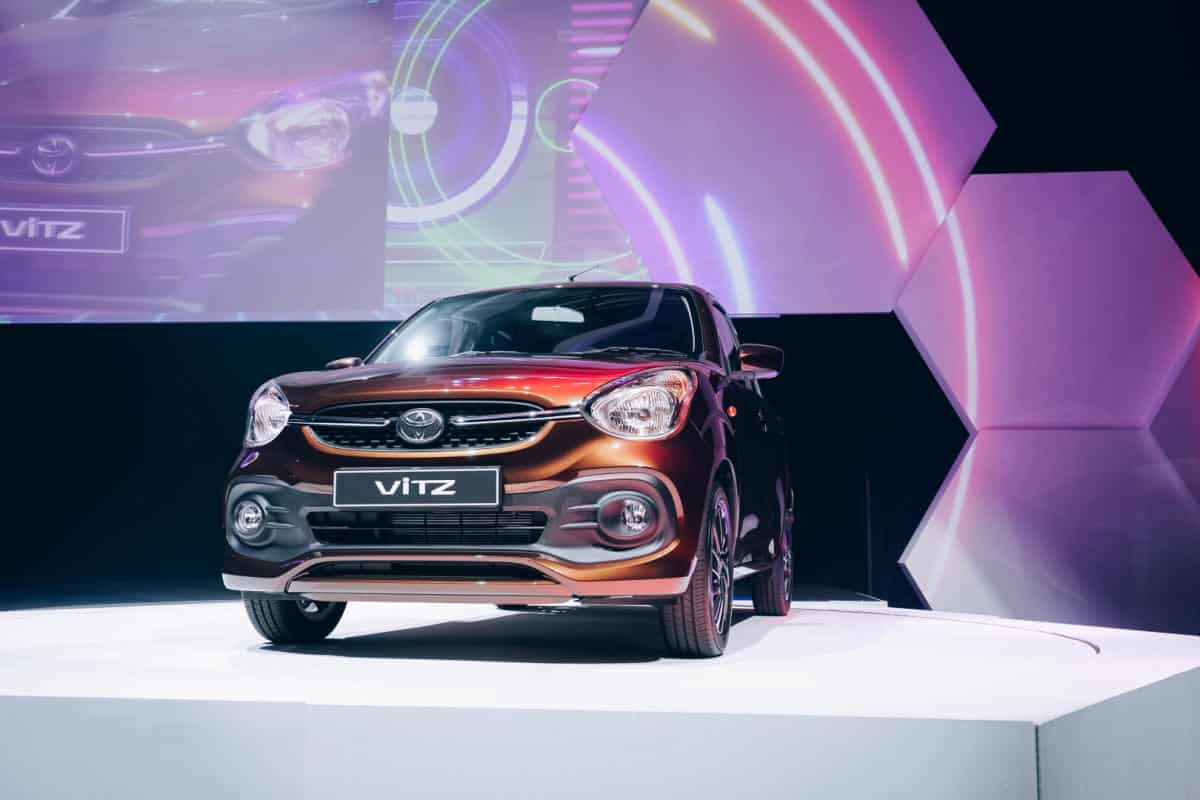
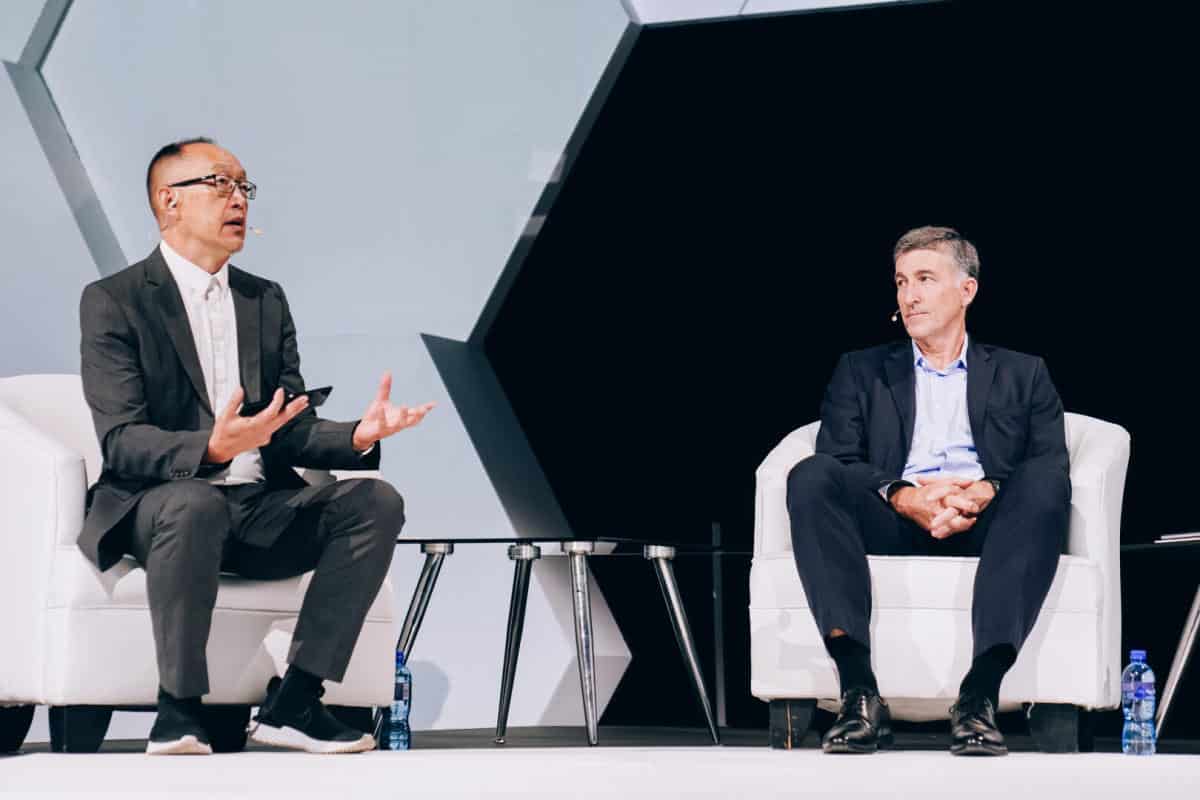
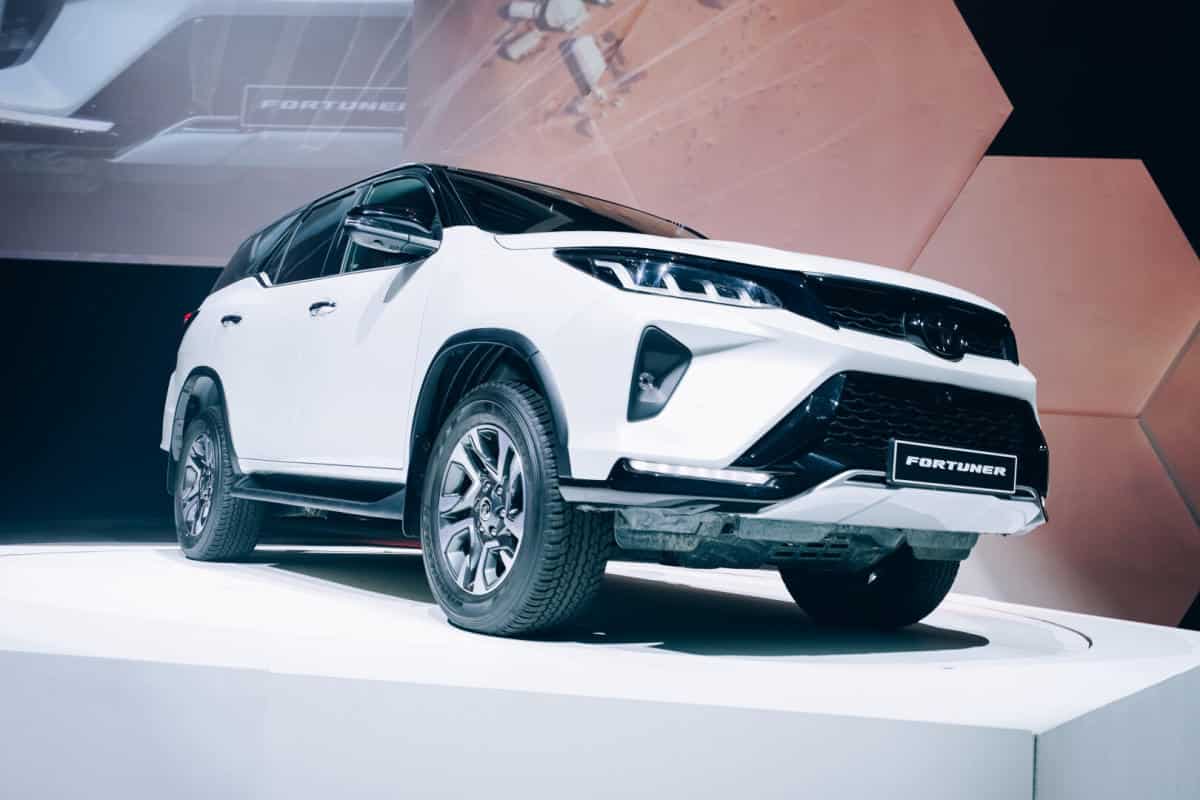
Content and images supplied via MotorPress
